- August 16, 2022
- By mosquito
- Uncategorized
Are there midges in Toronto?
When it comes to water-borne insects, midges are by far the most abundant and diversified.
Among their many possible habitats are sewage ponds, salt holes, and crystalline alpine lakes.
There are tens of thousands of them per square meter, and they are the sole food source for trout in many waterways.
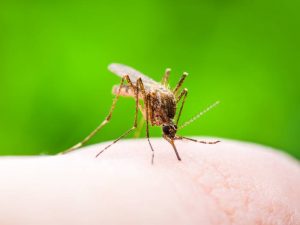
Midges may be a pain to deal with and the bites of biting midges may irritate. Knowing how these pests reproduce may help you choose the best strategy to prevent or eliminate these pests and protect yourself from them.
And in this article, we take a deep dive into the life cycle of midges in Toronto.
The life-cycle of midges in Toronto
Midges undergo ‘complete metamorphosis’, meaning that they pass through 4 complete life stages. These are the egg, larvae pupa, and adult stages.
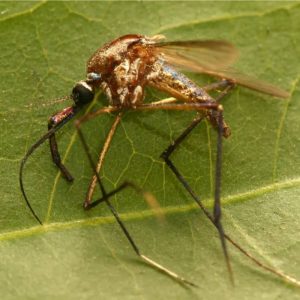
Eggs
Insect eggs are laid by female midges in water. They may spread them on the water’s surface, or place them in a gelatinous mass on the surface of the vegetation that grows above the water’s surface.
Under or above the water’s surface, some species lay eggs. Eggs typically hatch between a few days to a month after being laid. Eggs may remain latent for long periods depending on the species and the environment in which they were laid.
In most cases, females only develop one egg at a time.
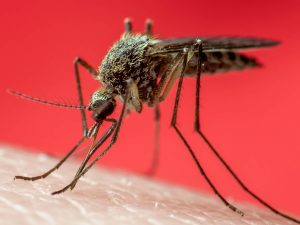
Larvae
Four stages of development are required for a midge larva to become an adult. Instars, which may span anywhere from two weeks to four years, are the phases.
Typically, the first instar is planktonic, i.e. it floats on top of the water. Later instars drop to the ocean’s depths, where they are generally found benthic.
Pupa
The thoracic segment of the larvae starts to enlarge when the pupa layer develops toward the end of the fourth instar. As it matures into an adult, the pupa will typically seek refuge among the trash, cling to the substrate, or spin a cocoon.
The pupa swims to the surface of the water, and the adult emerges from its protective pupal covering as it emerges from the water.
Depending on the species, the pupa stage might last anywhere from a few hours to a few days up to a few weeks.
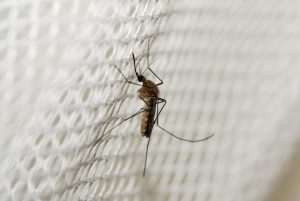
Adult
In most species, adult males and females emerge from the pupa stage at the same time, resulting in massive mating clouds of mostly adult males.
These swarms may last anywhere from a few days to a few weeks, but they seldom continue for more than a month. A few days or a few weeks are all that most species’ adults can expect to live.
Some midge species have as many as four generations a year, while others have as few as one or two. In colder places, a life cycle might take more than a year to complete, but in tropical settings, a life cycle can be completed in a matter of weeks.
Early spring, late fall, and winter are prime times for species with just one annual generation to emerge. Spring and summer through early autumn are the best times for species that have two generations each year to produce adults.
Why do so many Midges show up in Toronto at different times of the year?
Swarms of midge adults may develop when they emerge from the water at the same time.
To secure the survival of the species and to overwhelm their predators during mating season, it is thought that this behavior is a mechanism. Various environmental conditions, such as light, rain, temperature, and changes in water quality, might set this in motion.
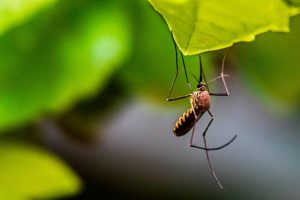
Additionally, midges are very light, making them easy prey for gusts of wind.
Role of a Midge in a food chain
Many freshwater habitats rely heavily on midge larvae. In many cases, they make up the majority of the system’s principal customers.
Most predators will eat midges at some point in their growth since they are so common and abundant.
They assist to recycle energy from the debris they eat back into the food chain by consuming enormous amounts of it.
In the process of decomposition, these larvae help recycle nutrients.
Other aquatic vertebrates such as fish and birds, as well as insects and other aquatic creatures, consume them.
Sick and tired of midges and gnats in Toronto?
Contact Mosquito Toronto now to reclaim your yard back to its original glory.

